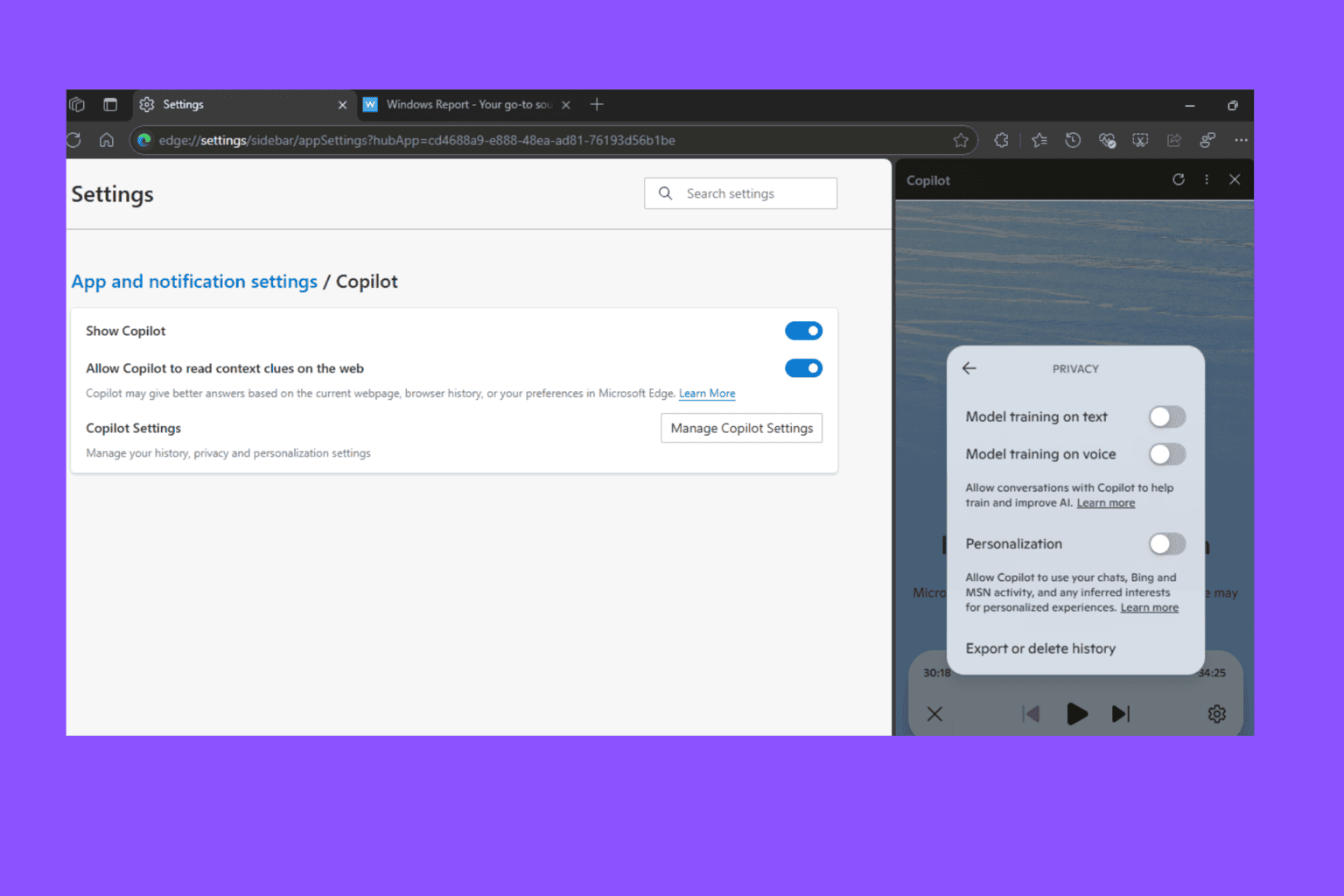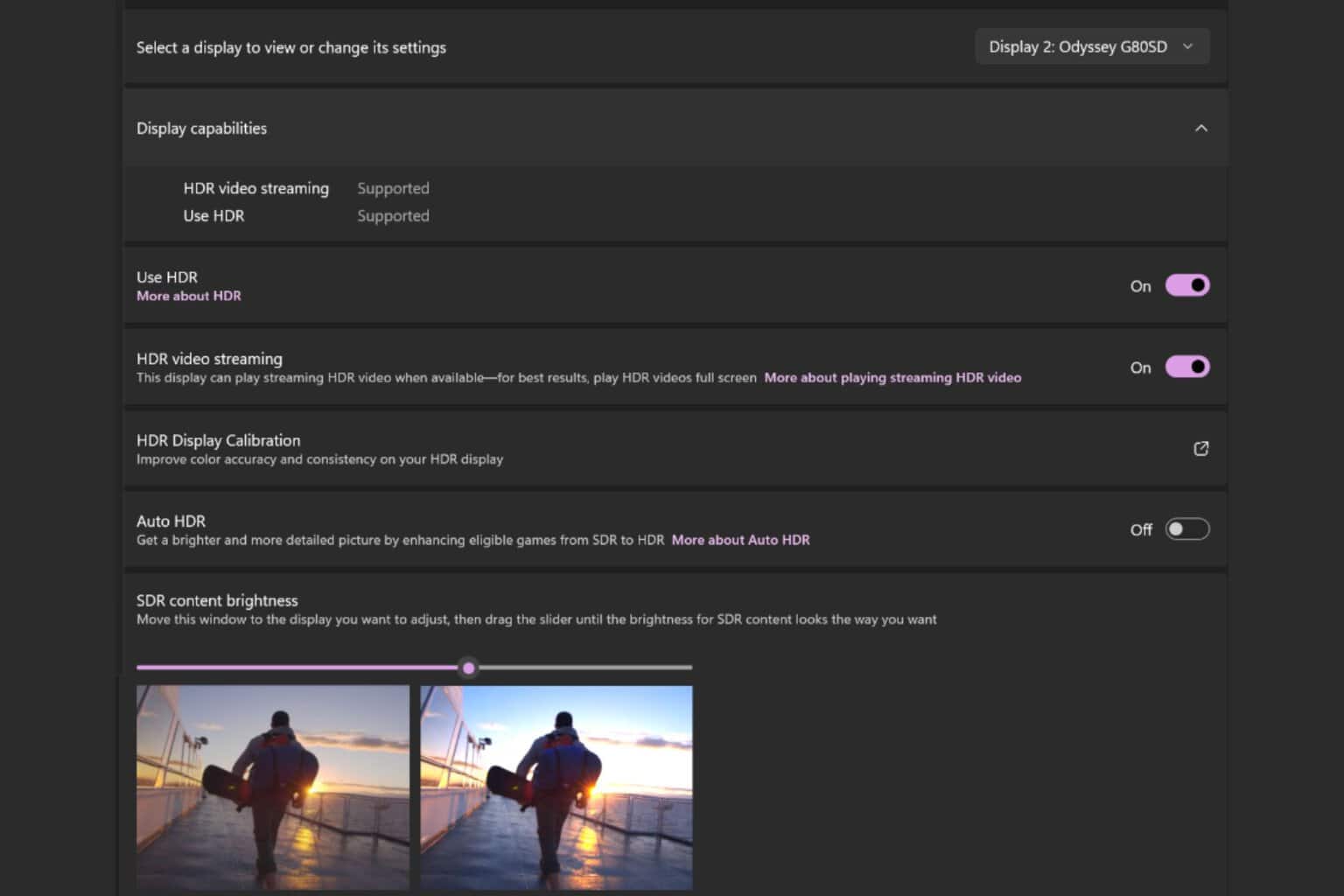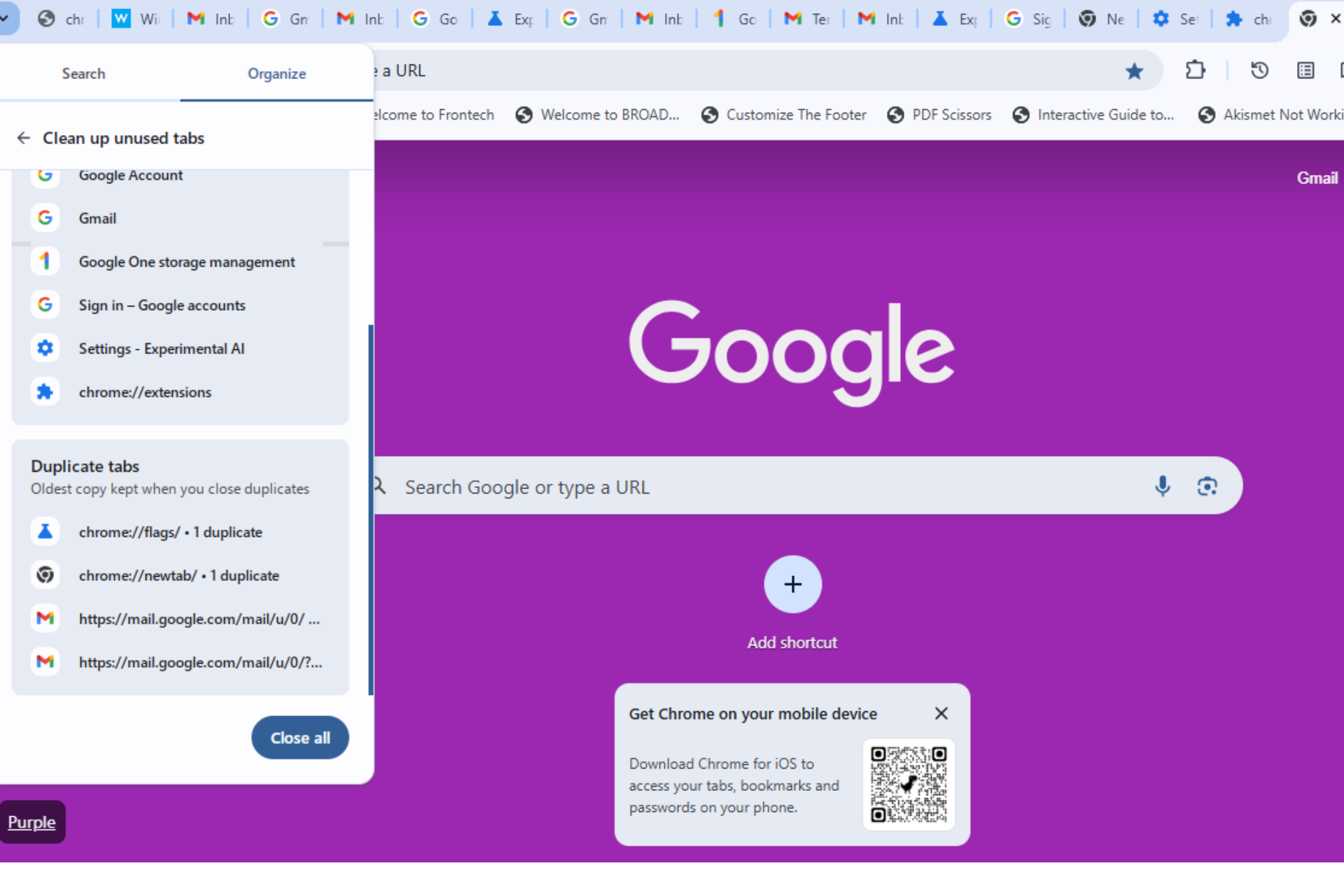Google turns to Microsoft Edge help for combatting malicious Chrome redirects
Google discovers malicious redirect campaign targeting Chrome users
2 min. read
Published on
Read our disclosure page to find out how can you help Windows Report sustain the editorial team. Read more

It’s not a secret that Microsoft has continuously contributed to Chromium. This began when they switched to the Blink engine for the Edge browser. A recent development indicates Google’s reliance on the Edge browser to track abuse campaigns that redirect Chrome users to alternative browsers.
Google has noticed an abuse campaign that redirects Chrome users to other browsers. In response to this, the company is working to improve Chrome security by adding Microsoft Edge to the “BrowserDialogs.ExternalProtocol.Scheme”. This addition allows for better tracking and monitoring of external protocol usage, providing valuable insights into potential abuse.
External protocols allow web browsers to handle specific actions triggered by URLs (e.g., opening email links with the mailto: protocol). However, these protocols can be exploited for malicious purposes, leading to unauthorized redirections or abuse.
To address this, the Chromium project has introduced a new histogram bucket within the BrowserDialogs.ExternalProtocol.Scheme
“Add microsoft-edge to BrowserDialogs.ExternalProtocol.Scheme. Due to an abuse campaign (b/352704072), we’d like to get an upper bound on abuse that redirects users to alternative browsers. This CL adds a histogram bucket to BrowserDialogs.ExternalProtocol.Scheme to provide that bound.” the commit spotted by Windows Report reads.
This commit focuses on including Microsoft Edge in the list of supported external protocol schemes. These schemes define how applications handle specific links or commands. By tracking how often external protocols trigger actions within Edge, Chrome developers gain valuable insights into how these features are being used.
To stop bad websites from tricking users into switching to other browsers, Google is working with Microsoft. They’re keeping track of how often websites try to redirect users from Chrome to other browsers, like Edge. This helps them find and fix problems before they affect many people.
By watching how websites behave, Google can protect users from harmful websites and make sure they stay safe online.
By actively monitoring external protocol usage in Edge, developers can quickly identify and address any suspicious activity, minimizing the risk of exploitation. Users benefit from a more secure browsing environment. Malicious redirections, a common tactic used by attackers, become less likely, leading to a safer browsing experience with Chrome.
Besides this security measure, Chrome users to expereince faster browsing while browser is performing website security checks. Addintionally Google is working to fix Chrome out of memory error and performance issues.








User forum
0 messages